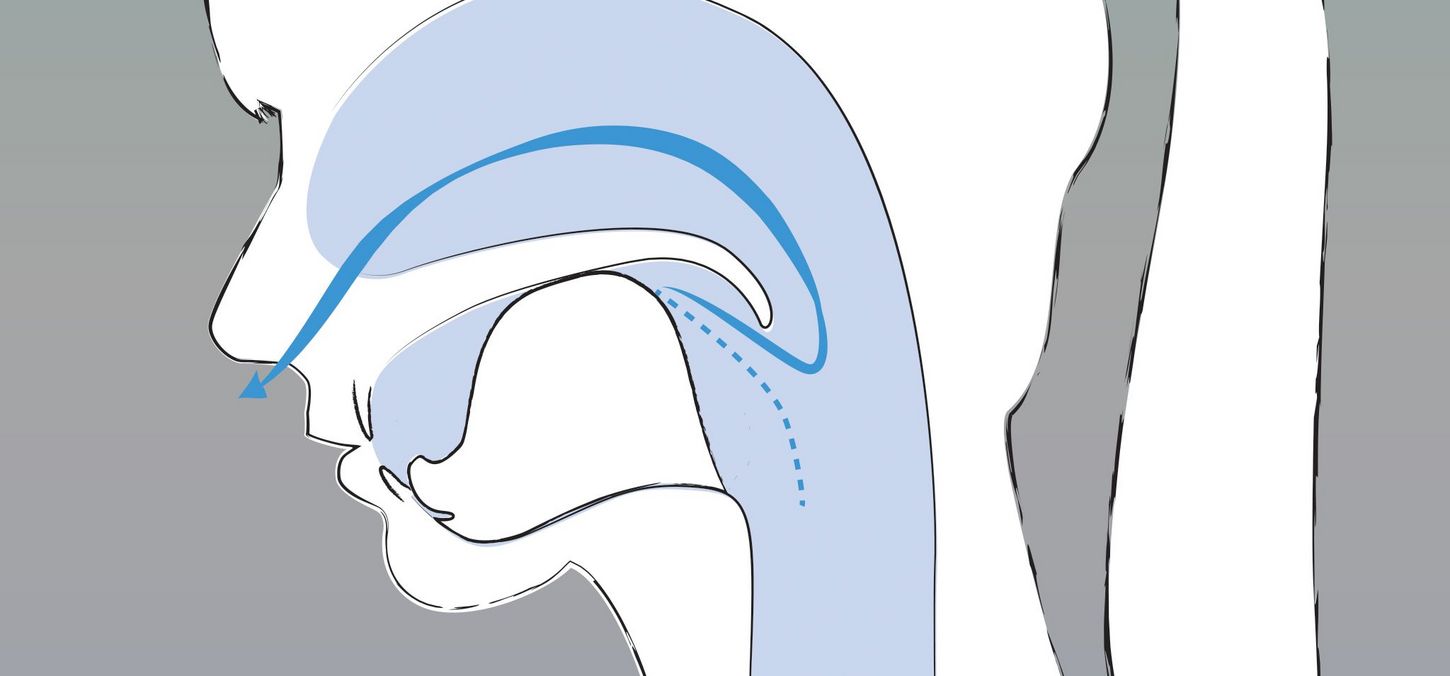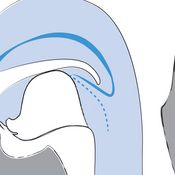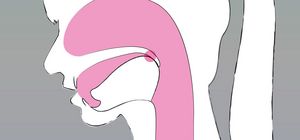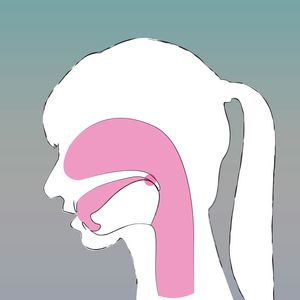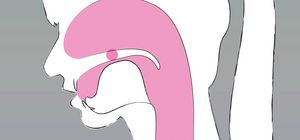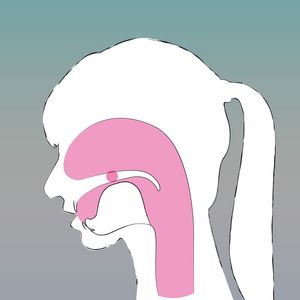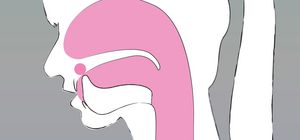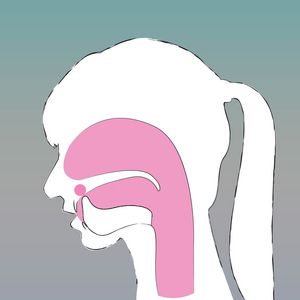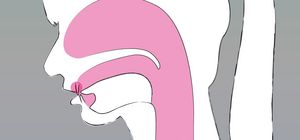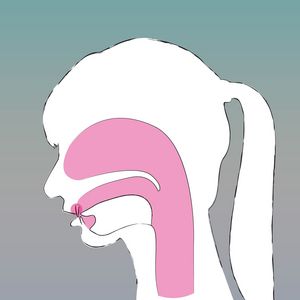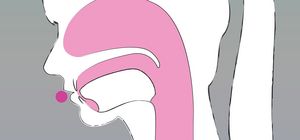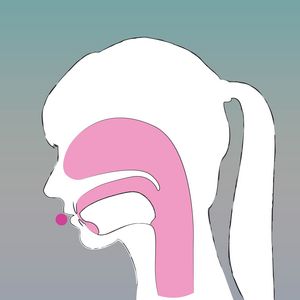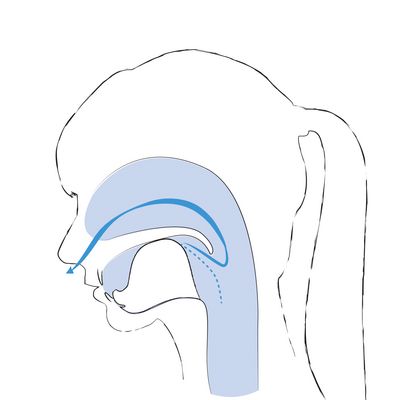
The Sanskrit alphabet groups the plosive sounds according to their place of articulation from back to front:
- from guttural (throat),
- palatal (palate),
- retroflex (behind the teeth),
- dental (between the teeth)
- to labial (at the lips).
Each group in turn consists of five sounds. The fifth sound of the group is the so-called class nasal.
Please note: In an isolated form, these class nasals seem difficult. However, in most cases another plosive consonant at the same place of articulation follows so that pronunciation works quite intuitively.
Guttural nasal
- ṅa: The tongue closes off the soft palate/throat. In contrast to a plosive ka or ga, though, the contact is not released but stays. The sound is nasalised.
Examples:
- ṅa: Gesang, langer, Hang
In German, the guttural ṅ is intuitively pronounced correctly before other guttural sounds such as ka, kha, ga or gha. As, for instance, in aṣṭāṅga yoga
Palatal nasal
- ña: The tongue closes off the hard palate. In contrast to a plosive ca or ja, though, the contact is not released by stays. The sound is nasalised.
Examples:
- ña: Señior,
In German, a guttural ñ is intuitively pronounced correctly in front of other palatal sounds as, for example, in Señior or Patañjali.
Retroflex nasal
- ṇa: The tip of the tongue is rolled back behind the teeth. In contrast to the plosive ṭa or ḍa, the contact is not released but stays. The sound is nasalised.
Beispiele:
In German, there are no retroflex sounds as in Sanskrit.
While, as was already the case for the plosive t and d, in the German n the tongue is right at the bridge between teeth and gums of the upper jaw (alveolar), it is rolled further back here.
In order to get an approximation of the correct sound, we can click our tongue when articulating it. This works particularly well with an asking, clicking "na".
Dental nasal
- na: The tip of the tongue is between or at the teeth. In contrast to the plosive ta or da, the contact is not released but stays. The sound is nasalised.
Beispiele
Strictly speaking, the German n, as the plosive t or d, is pronounced alveolarly. This means that the tongue is right at the bridge between teeth and gums at the upper jaw. For the dental sounds, the tongue should move slightly deeper towards the tip of the front teeth. Some Sanskrit speakers even slightly push out their tongue between their front teeth. However, with a bit of an effort, we can find some German examples to illustrate the correct pronunciation:
- na: Natur, Name
